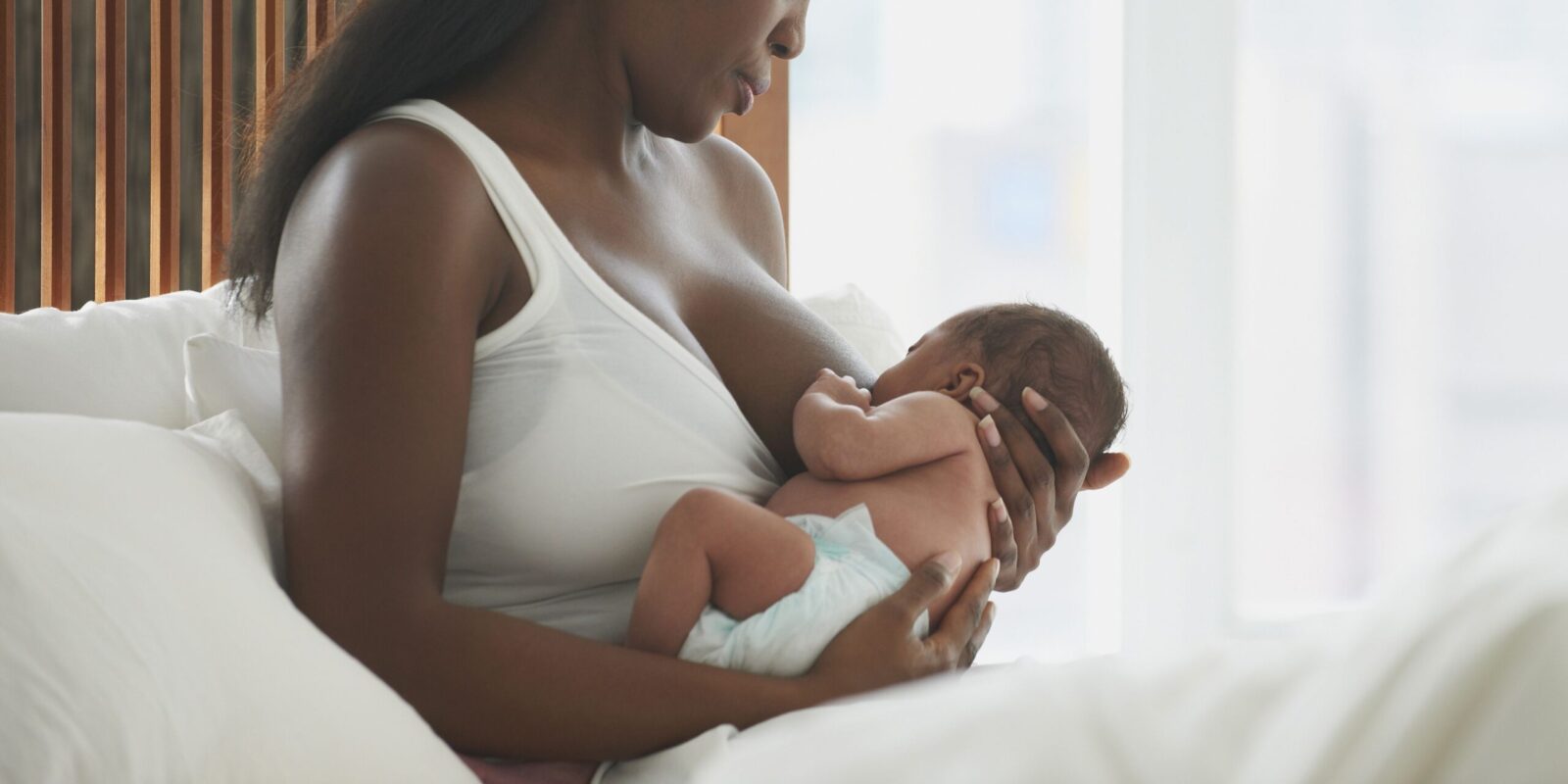Did You Know That Babies Not Smiling While Breastfeeding May Be Sign Of A Disorder? Click To Find Out More

A Consultant Paediatric Haematologist and Oncologist at the Lagos University Teaching Hospital, Idi-Araba, Prof. Edamisan Temiye, has said that nursing mothers whose babies are unable to display social smile during breastfeeding should be worried.
Prof. Temiye said a baby was supposed to have a social smile at two months, revealing that a baby’s inability to smile during this period is an indication of a developmental problem.
According to him, it could be a sign of autism or cerebral palsy, adding however, that the commonest cause of cerebral palsy is birth asphyxia.
Birth asphyxia is when a baby’s brain and other organs do not get enough oxygen and nutrients before, during or right after birth.
The paediatrician noted that birth asphyxia is usually poorly managed in poor health facilities, especially when women deliver their babies in hospitals that lack maternal and child health experts.
Speaking with PUNCH HealthWise, Prof. Temiye said the causes of cerebral palsy may be genetic but that they are mostly caused by environment environmental factors.
Experts say a social smile is one in response to contact with others, such as smiling back at a caregiver or smiling to get the caregiver’s attention.
According to them, smiling is good for a baby and the mother, adding that smiles are the first building blocks of warm, loving and responsive relationships.
An online parenting portal, Raising Children Network, noted that smiles are fundamental to a baby’s development and that it promotes good relationships. The network stated:
SEE ALSO: Breastfeeding & Some Of The Other Things You Can Do To Protect Your Child Against Childhood Cancers
“Through these relationships, babies and children learn how to think, understand, communicate, and show emotions. Giving and receiving smiles are the first steps your child takes in learning how to be social and have good relationships.
“Smiling at your baby is great for your early relationship with your baby. It helps you bond with your baby, and it helps your baby feel secure and safe.”
Prof. Temiye said physical skills such as rolling over, crawling, displaying a social smile, walking, and talking are all considered milestones used in measuring the growth and development of babies.
He said,
“Mothers should worry about the development of their babies when they are not showing affection such as smiling during breastfeeding at the age of two months.
“By one and half months, that is when we start noticing there is a problem with a baby. The baby is supposed to smile and have a social smile.
“By six weeks of life, a baby is expected to smile when the mother is breastfeeding him or her. If the baby is not having a social smile and outward affection at this age, it means there is a problem with the brain.
“If by nine months, the baby is not crawling, there is a big problem and the parents should see a doctor.”
The paediatrician described cerebral palsy as an assault on the brain, adding that it could be caused by infection during birth or after birth.
On how mismanaged birth asphyxia can cause cerebral palsy, Prof. Temiye said,
“Birth asphyxia happens when the oxygen supply to the baby is cut off either before birth or immediately after birth, and if the baby was not properly resuscitated, it can lead to brain damage.
“Sometimes, you will see some babies growing very normally from six months to nine months, and then suddenly they no longer smile, crawl or walk.
“This often means that the development has been arrested. It is because there is something wrong with the brain.
“If it is not diagnosed and treated well, it can lead to cerebral palsy. Any assault to a developing brain leading to damage and causing the brain not to develop normally is cerebral palsy.”
ALSO SEE: Child Health Experts Reiterate The Importance Of Breastfeeding Newborns Within 30Minutes Of Delivery
The child health expert urged mothers to desist from acts and practices that are inimical to the normal growth and development of a child.
The Centers for Disease Control and Prevention says that most babies give a real, non-reflexive smile when they are about two months.


